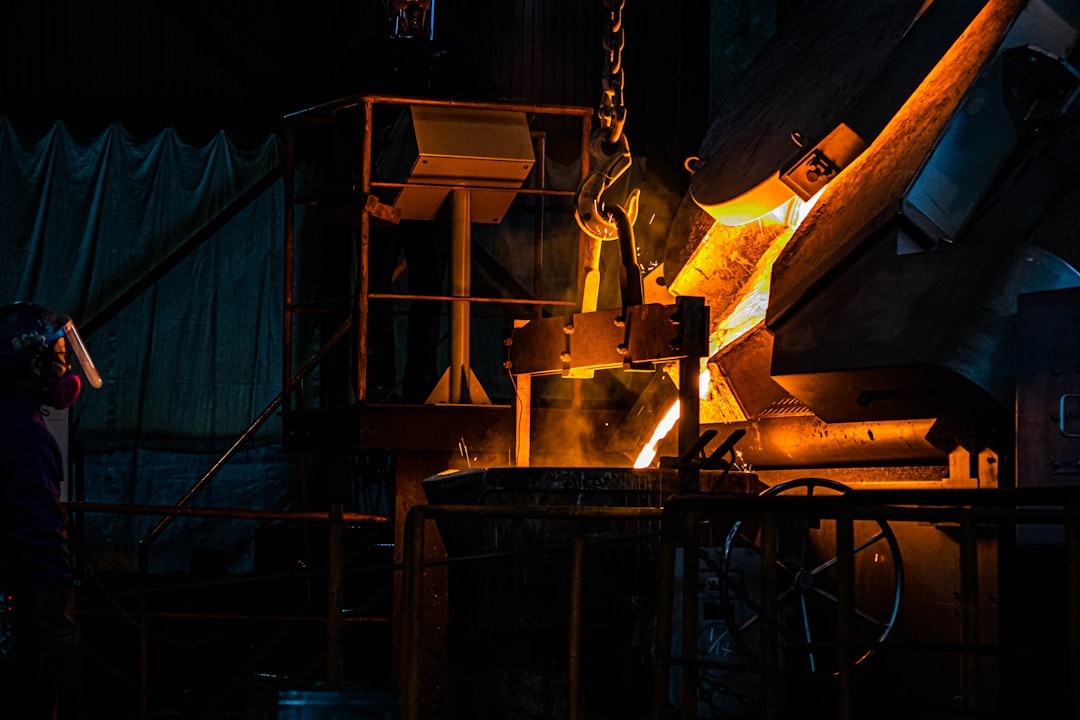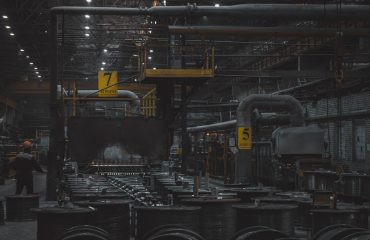body { font-family: sans-serif; line-height: 1.6; }
h1, h2, h3 { color: #333; }
h1 { font-size: 2.5em; }
h2 { font-size: 2em; }
h3 { font-size: 1.5em; }
The steel industry, a cornerstone of global infrastructure, is undergoing a significant shift towards sustainability. Driven by environmental concerns and increasingly stringent regulations, the focus is on developing and implementing energy-efficient steel products. This transition isn’t just about reducing carbon footprints; it’s about creating a more economically viable and environmentally responsible future for steel production and consumption.
The Energy Intensity of Traditional Steelmaking
Traditional steelmaking processes are notoriously energy-intensive. The blast furnace route, the most common method, relies heavily on coke (derived from coal) as a reducing agent, leading to significant CO2 emissions. The high temperatures required for melting and refining iron ore also demand vast amounts of energy, typically from fossil fuels. This energy-intensive nature contributes significantly to the industry’s overall carbon footprint, making it a key target for decarbonization efforts.
Beyond the direct energy consumption, the transportation of raw materials and finished products adds further environmental burdens. Optimizing logistics and transportation efficiency is therefore crucial in reducing the overall lifecycle energy consumption of steel.
Innovative Steelmaking Technologies for Enhanced Efficiency
The pursuit of energy-efficient steel has spurred the development of innovative technologies aimed at reducing energy consumption and greenhouse gas emissions. These include:
- Electric Arc Furnaces (EAFs): EAFs utilize electricity to melt scrap steel, significantly reducing reliance on fossil fuels compared to blast furnaces. The increasing availability of scrap metal makes EAFs a more sustainable option, particularly when powered by renewable energy sources.
- Hydrogen-based Steelmaking: Research and development are heavily focused on replacing coke with hydrogen as a reducing agent in steelmaking. Hydrogen, when produced from renewable sources, offers a pathway to virtually carbon-neutral steel production. While still in its early stages, this technology holds immense potential for transforming the industry.
- Improved Process Optimization: Existing steelmaking processes are being continually optimized through advanced control systems, automation, and data analytics. These improvements lead to better energy efficiency and reduced waste.
- Direct Reduced Iron (DRI): DRI is an intermediate product in steelmaking, produced by reducing iron ore with natural gas or other reducing agents. DRI can then be used in EAFs, reducing the overall energy consumption compared to using iron ore directly in blast furnaces.
Energy-Efficient Steel Products: Applications and Benefits
The benefits of using energy-efficient steel extend beyond environmental considerations. These steels, often produced using the aforementioned technologies, offer several advantages:
- Reduced Carbon Footprint: The most significant benefit is the lower greenhouse gas emissions associated with their production.
- Cost Savings: While initial investments in new technologies might be high, long-term cost savings can be achieved through reduced energy consumption and improved process efficiency.
- Improved Material Properties: Some innovative steelmaking techniques can lead to improved material properties, such as increased strength or durability, offering further economic and performance benefits.
- Enhanced Recyclability: Steel is inherently recyclable, and utilizing scrap steel in EAFs further enhances the sustainability of the process.
- Applications: Energy-efficient steel finds applications across various sectors, including construction, automotive, infrastructure, and manufacturing.
The Future of Sustainable Steel: Challenges and Opportunities
Despite the progress, several challenges remain in the transition to a fully sustainable steel industry. These include:
- High Initial Investment Costs: Implementing new technologies requires significant upfront investment, potentially posing a barrier for some steel producers.
- Infrastructure Development: The widespread adoption of hydrogen-based steelmaking requires substantial infrastructure development for hydrogen production, storage, and transportation.
- Supply Chain Integration: Seamless integration of new technologies into existing supply chains is crucial for effective implementation.
- Policy and Regulatory Support: Government policies and regulations play a vital role in incentivizing the adoption of sustainable steelmaking practices.
However, the opportunities are equally significant. The growing demand for sustainable materials, coupled with technological advancements and supportive policies, will drive the continued development and adoption of energy-efficient steel products. This transition will not only reduce the environmental impact of the steel industry but also create new economic opportunities and enhance global competitiveness.
Certification and Standardization for Energy-Efficient Steel
The development of standardized certifications and labeling schemes for energy-efficient steel is crucial for transparency and consumer confidence. These schemes would allow consumers and businesses to easily identify and select steel products with demonstrably lower environmental impacts. This will drive market demand for sustainable steel, further incentivizing innovation and adoption of energy-efficient technologies. The standardization process should encompass the entire lifecycle of the steel, from raw material extraction to end-of-life management, ensuring a holistic approach to sustainability.
In conclusion, the journey towards energy-efficient steel is a crucial step in creating a more sustainable future. Through innovation, investment, and collaborative efforts, the steel industry can significantly reduce its environmental footprint and contribute to a greener planet. The transition presents both challenges and opportunities, but the potential benefits—environmental, economic, and social—make it a worthwhile and necessary undertaking.
Tags: Energy-efficient steel, sustainable steel, green steel, steel recycling, electric arc furnace




